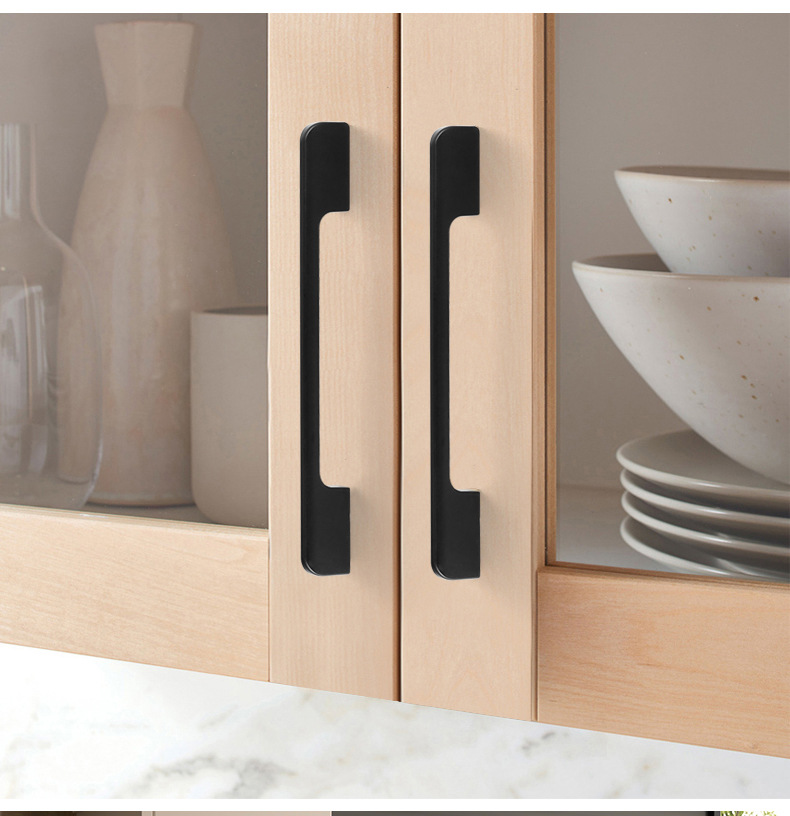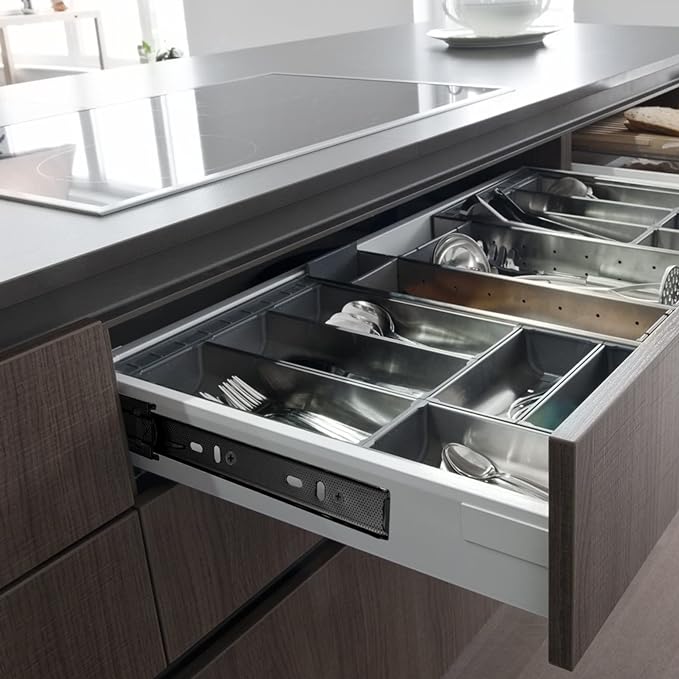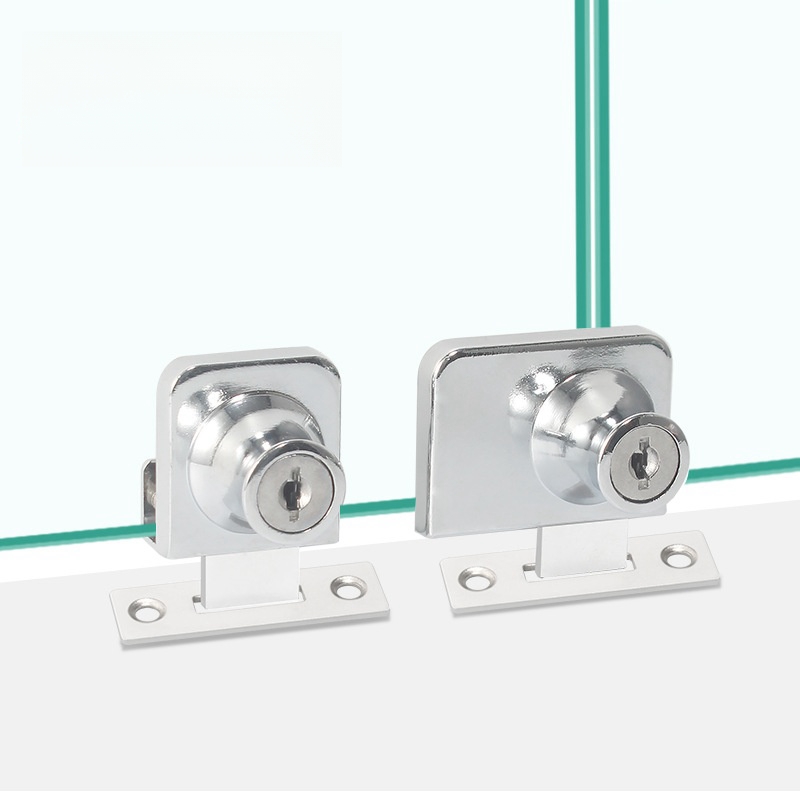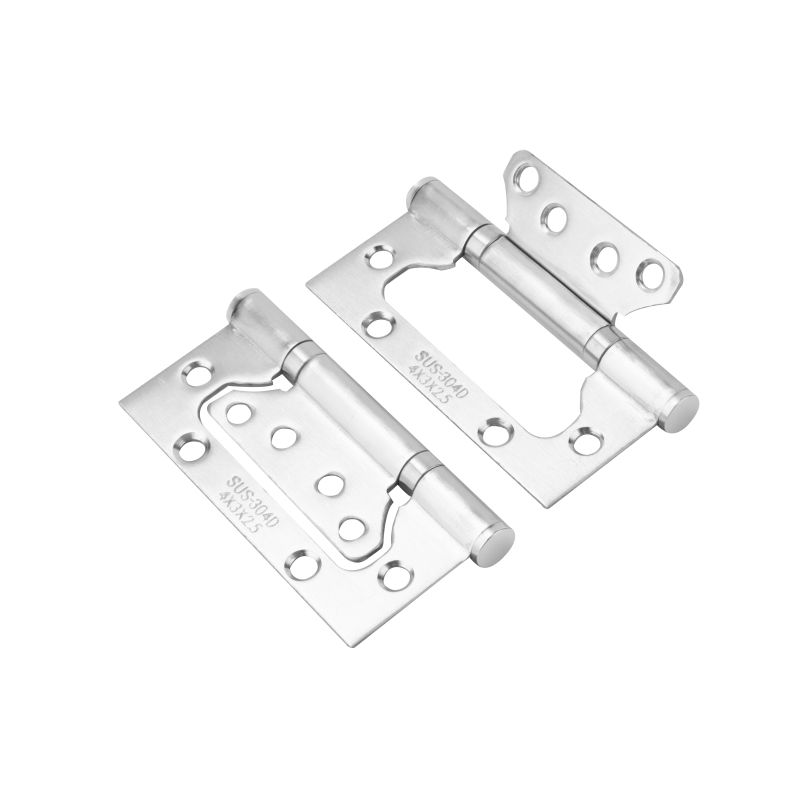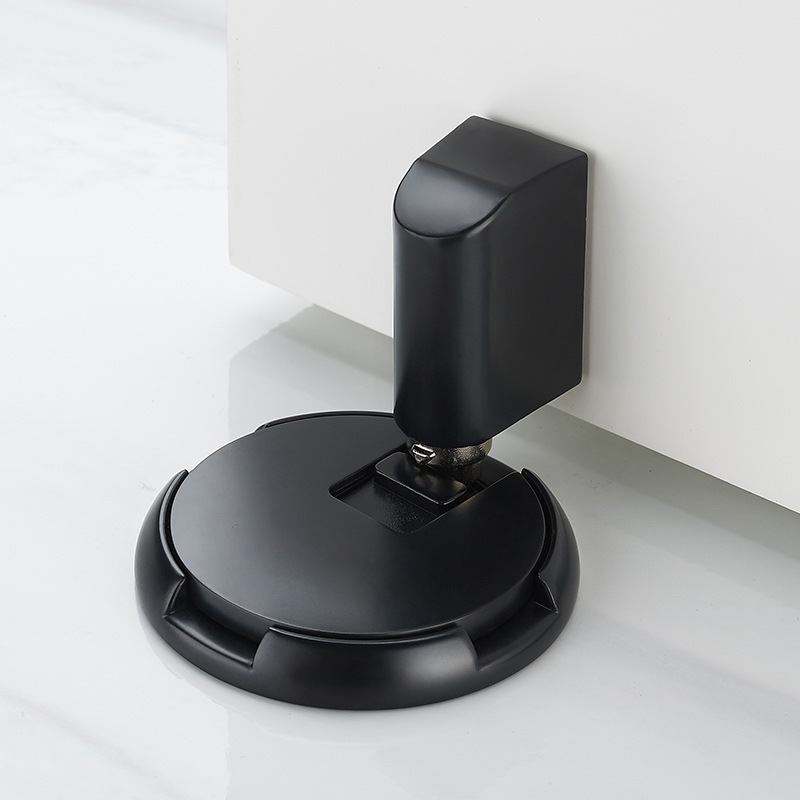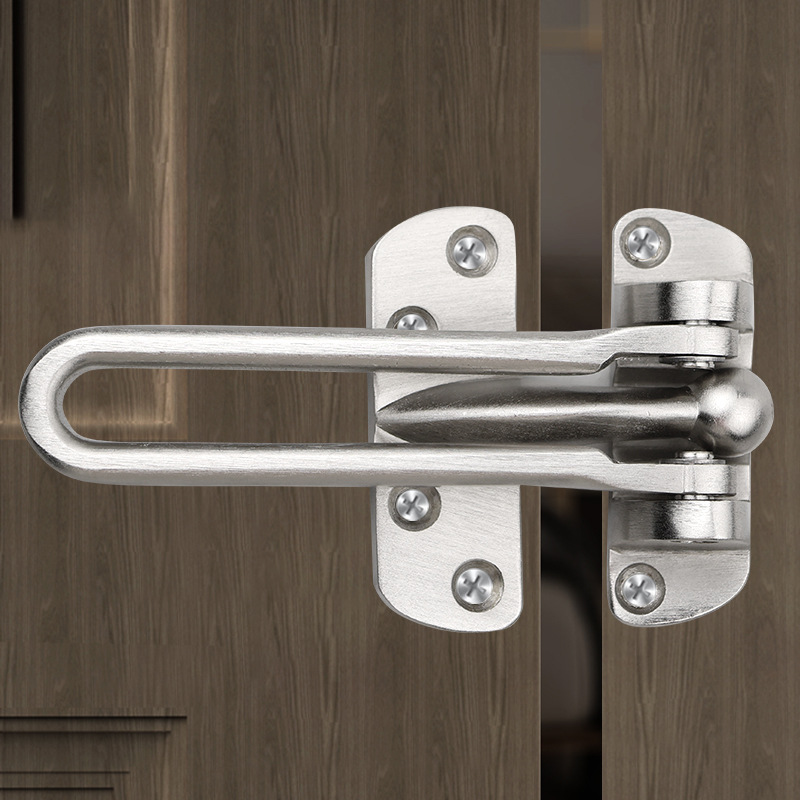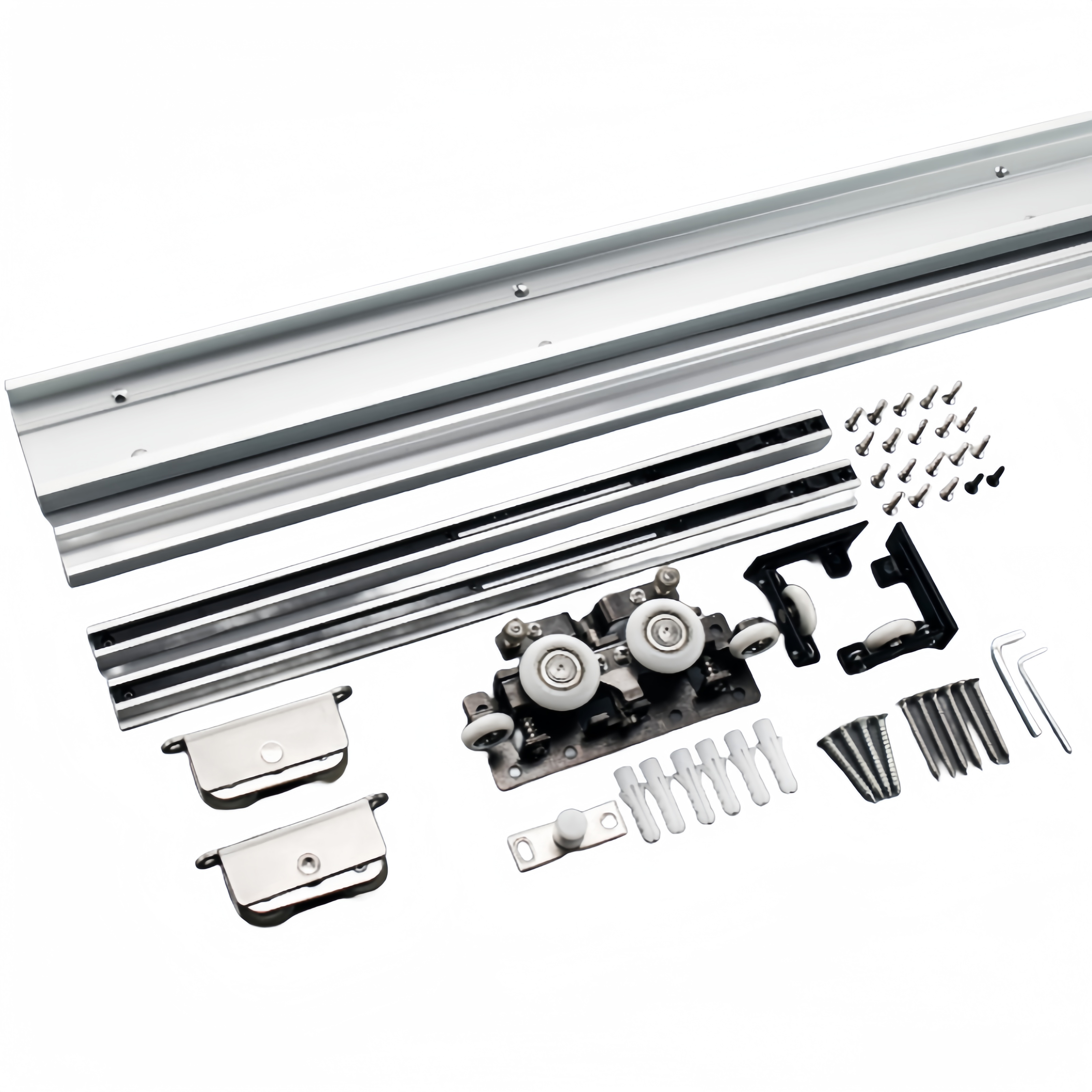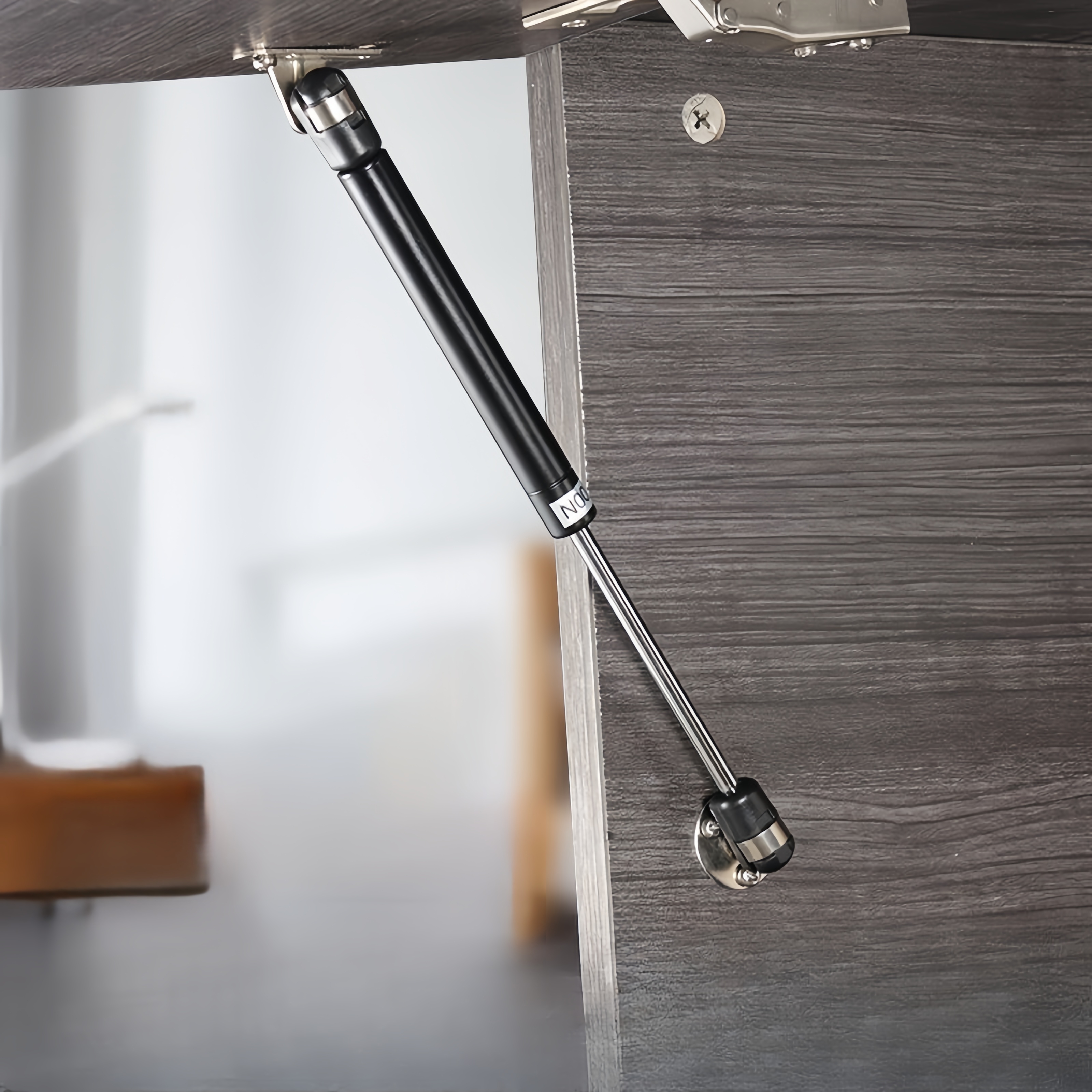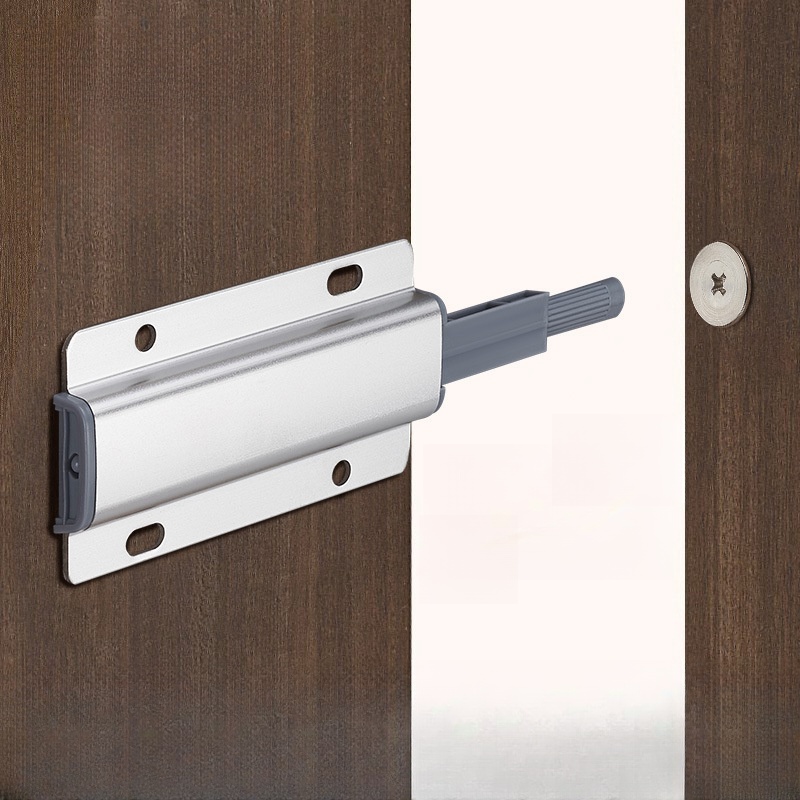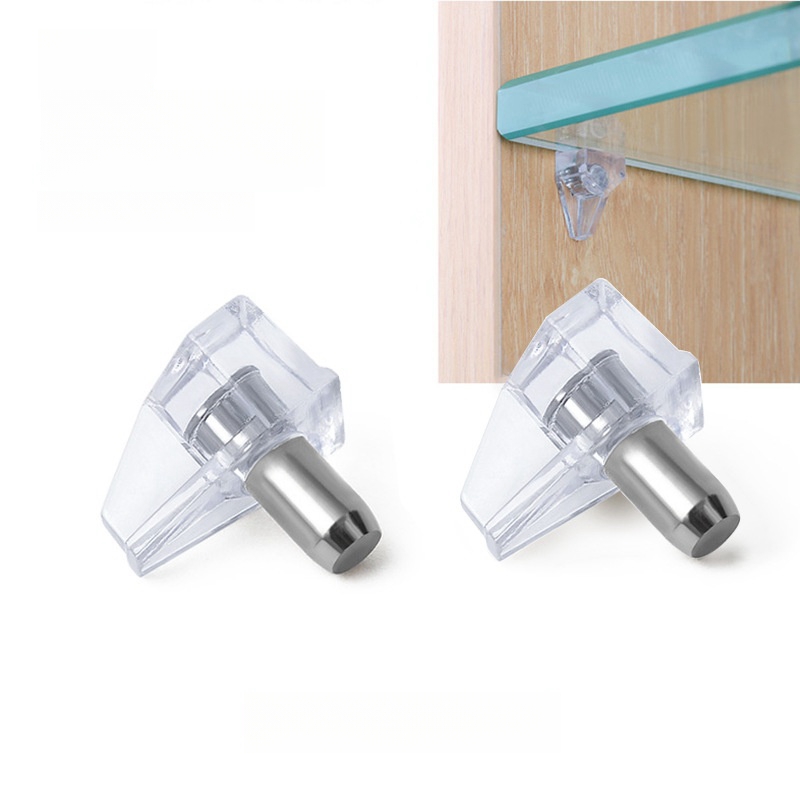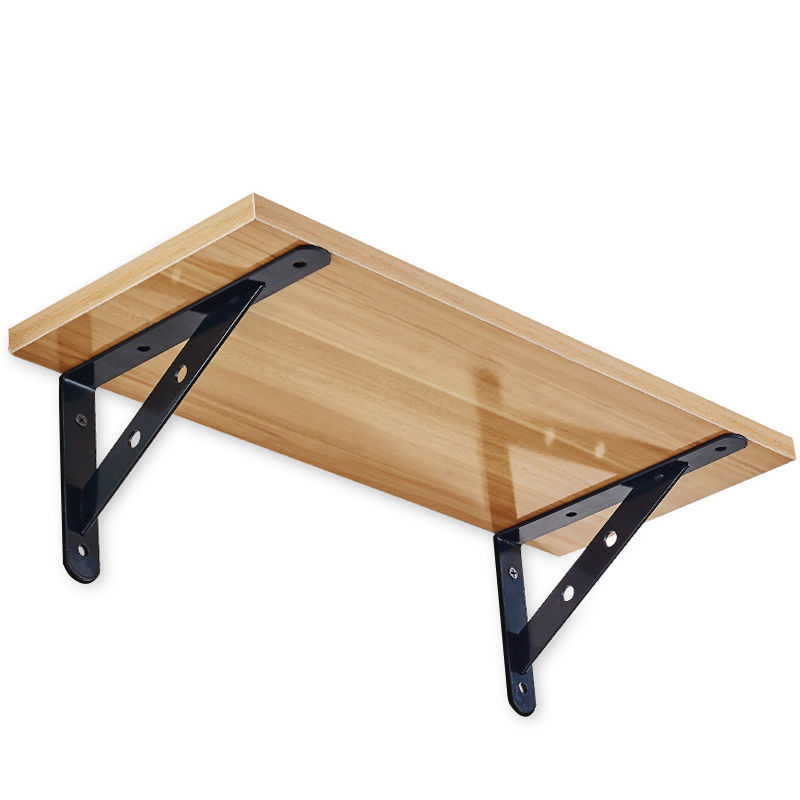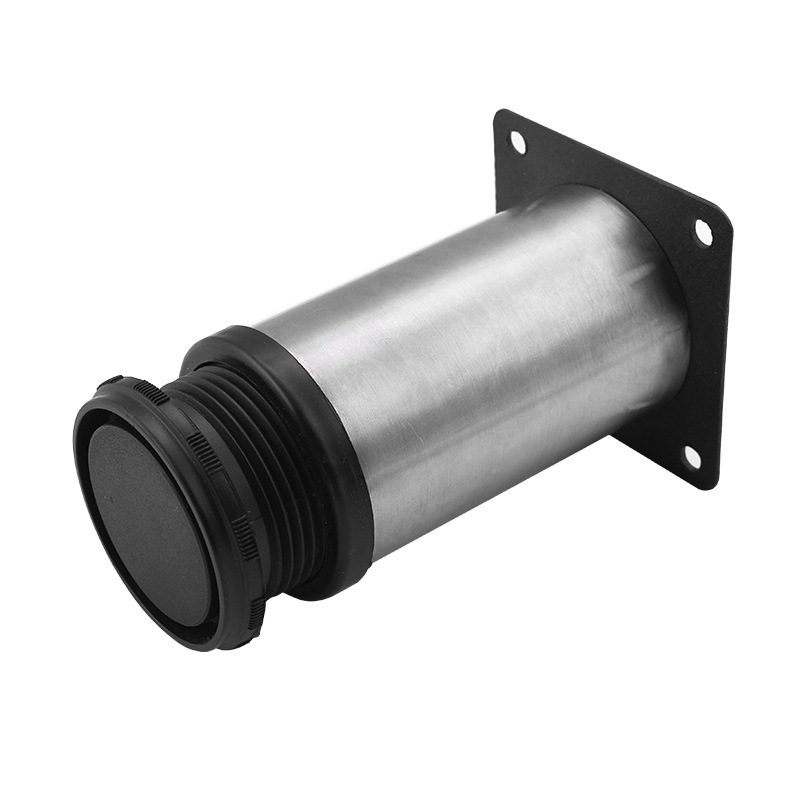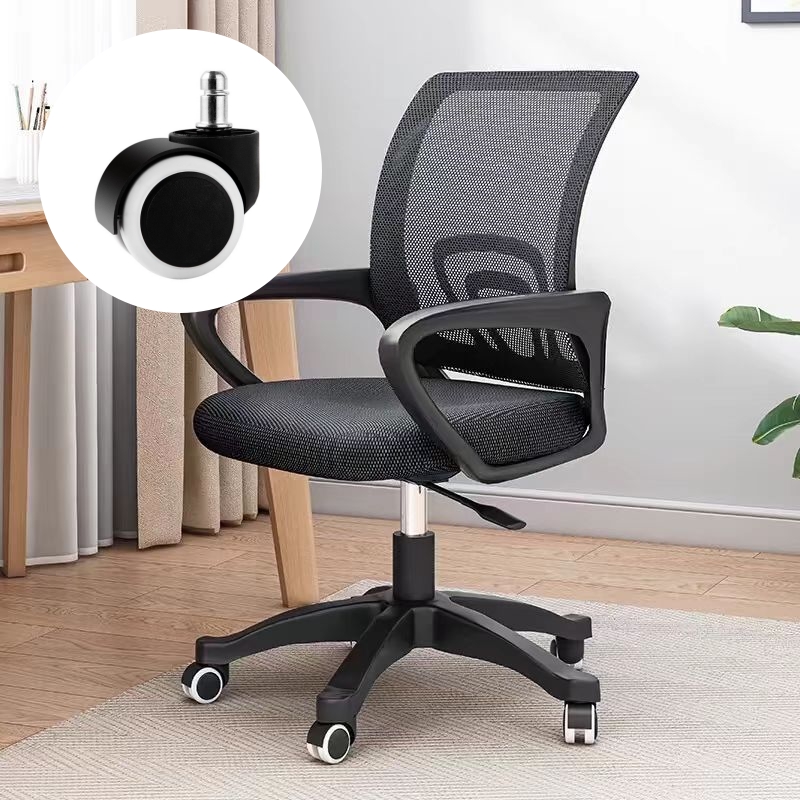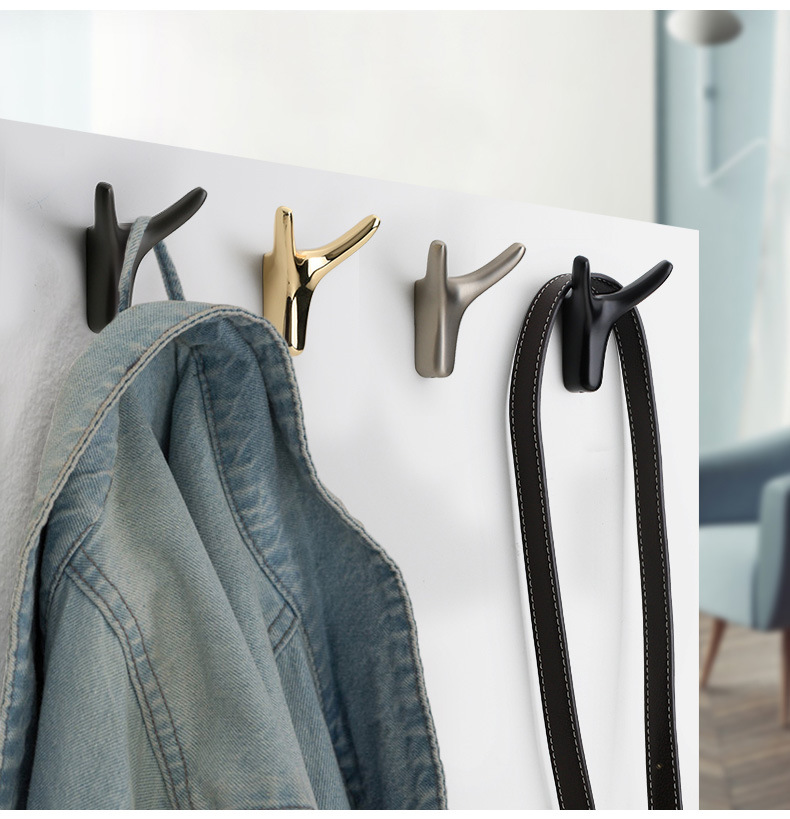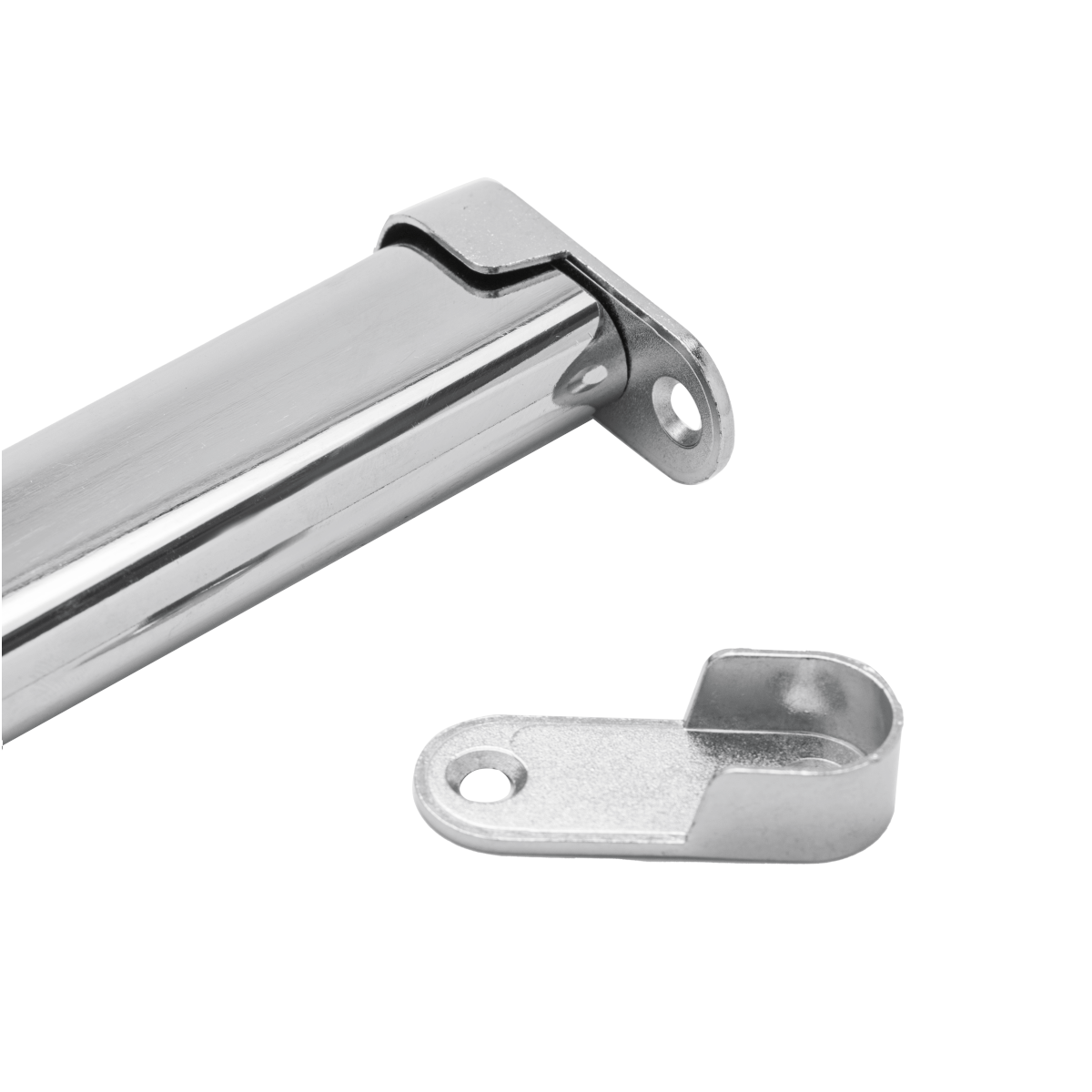
ABOUT
Guangzhou Toplink hardware Co., Ltd specialized in the production and export of furniture hardware fittings, with an experience of more than 14 years.
Our main products are drawer locks, cabinet hinges, sliding rails, cabinet handles, casters, cabinet legs and connecting fittings etc..
With a complete range of products, excellent performance and reasonable prices we have built up business with many customers all over the world.
We are committed to strict quality control and considerate customer service. We sincerely looking forward to becoming your best choice and the most reliable partner!
PRODUCTS
spring loaded door latch hardware
Functionality and Mechanism
At its core, a spring-loaded door latch relies on a simple principle: stored energy in a spring to provide both the latching and releasing action. When the door is closed, a cam or bolt, often attached to a spring-loaded plunger, extends and engages with a strike plate on the door frame. This engagement is maintained by the tension of the spring. Opening the door requires overcoming the spring's resistance, either manually by pressing a release button or lever, or automatically through the action of a magnetic or electromagnetic system in more advanced applications. The spring then retracts, allowing the latch to disengage and the door to open freely.
The simplicity of this mechanism translates to reliability. There are relatively few moving parts, minimizing the chances of malfunction. The spring's constant tension ensures a secure latch, preventing unwanted opening. The design's robustness contributes to its longevity, often exceeding the lifespan of other, more complex latching systems.
Types of Spring-Loaded Door Latches
Spring-loaded door latches are available in a wide variety of types, each designed for specific applications and aesthetic preferences. One common type is the simple spring bolt latch, often found on cabinets and smaller doors. These typically consist of a spring-loaded bolt that protrudes when the door is closed and retracts when a button or lever is depressed. Another popular variation utilizes a magnetic latch, offering a quieter and smoother operation, often preferred in high-end residential or commercial settings.
More complex systems incorporate features like automatic latches that engage when the door closes, eliminating the need for manual operation. These are frequently seen in industrial applications where rapid closure and secure latching are critical. Additionally, there are spring-loaded latches designed for specific door materials, such as those with recessed mechanisms for flush-mount installations or specialized latches for use with glass doors.
The choice of latch type hinges on factors like the door's material, weight, and intended use. Heavier doors may necessitate a stronger spring and a more robust latch mechanism. The aesthetic considerations of the surrounding environment also play a significant role in selecting the appropriate latch style.
Materials and Construction
The materials used in spring-loaded door latch hardware significantly impact its durability, lifespan, and resistance to environmental factors. Common materials include zinc die-cast, stainless steel, and various plastics. Zinc die-cast is a cost-effective option offering good strength and corrosion resistance. Stainless steel provides superior strength, durability, and corrosion resistance, making it suitable for harsh environments or high-traffic areas.
The spring itself is a crucial component, usually made from spring steel, carefully chosen for its elasticity and fatigue resistance. The quality of the spring directly influences the latch's reliability and lifespan. A poorly manufactured spring can lose its tension over time, compromising the latch's effectiveness. The selection of materials should also consider factors such as temperature extremes and potential chemical exposure.
The finish of the latch is also an important consideration. Powder coating, plating, and other surface treatments provide protection against corrosion and enhance the aesthetic appeal. The chosen finish should be compatible with the surrounding environment and maintain its appearance over time.
Advantages of Spring-Loaded Door Latches
The widespread adoption of spring-loaded door latches stems from several key advantages. Their primary benefit is simplicity and ease of installation. The relatively straightforward design minimizes the complexity of installation, often requiring minimal tools and expertise.
The inherent security provided by the spring's constant tension ensures that the door remains securely closed, preventing accidental or unauthorized access. This is particularly important in applications where security is a prime concern, such as securing cabinets containing sensitive materials or protecting valuable equipment.
Beyond security and ease of installation, spring-loaded latches also offer cost-effectiveness. Their simple design and readily available materials contribute to a lower overall cost compared to more complex latching systems. The low maintenance requirement further contributes to their economic viability.
Considerations for Selection and Installation
Choosing the right spring-loaded door latch involves careful consideration of several factors. The door's material, weight, and size are paramount. A heavy door will require a more robust latch mechanism with a stronger spring to ensure secure engagement. The type of door (e.g., wood, metal, glass) will also dictate the appropriate latch design and mounting hardware.
Environmental conditions also play a significant role. Outdoor applications require latches with enhanced corrosion resistance, often necessitating stainless steel construction or specialized coatings. The intended use of the door and the level of security required will also influence the selection process. For high-security applications, features such as locking mechanisms or tamper-resistant designs may be necessary.
Correct installation is crucial for optimal performance and longevity. Precise alignment of the latch bolt with the strike plate is essential for proper engagement. The instructions provided by the manufacturer should be carefully followed to ensure the latch is installed correctly and securely. Improper installation can lead to malfunction, compromised security, or even damage to the door or door frame.
SUBSCRIBE
INQUIRY
